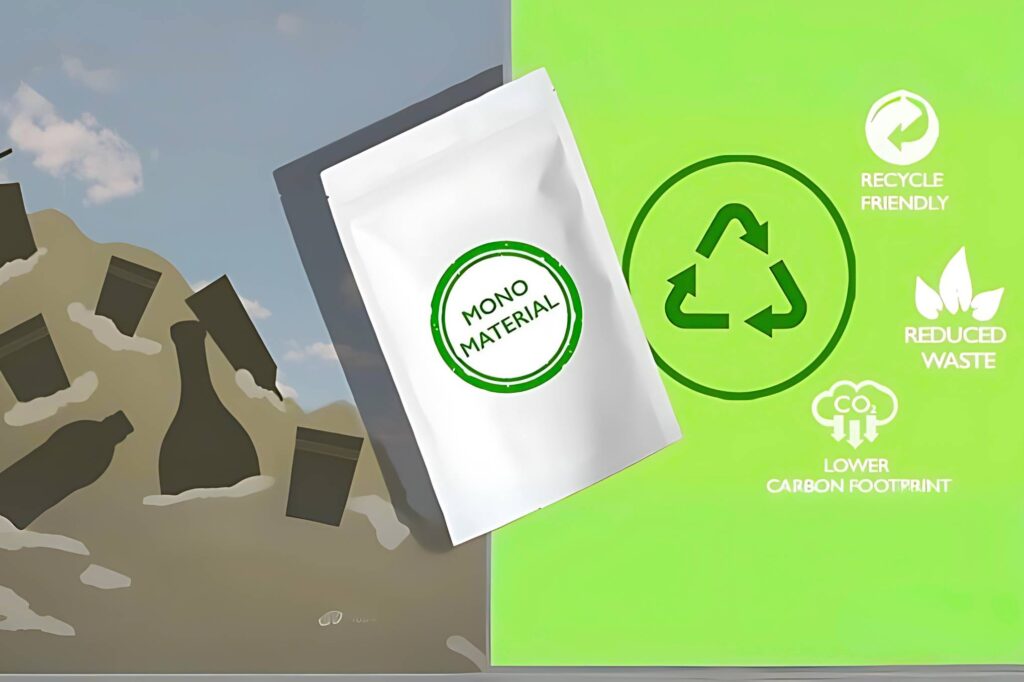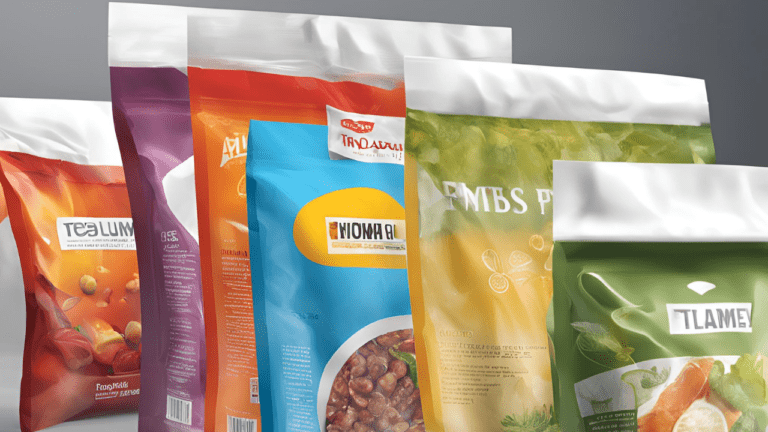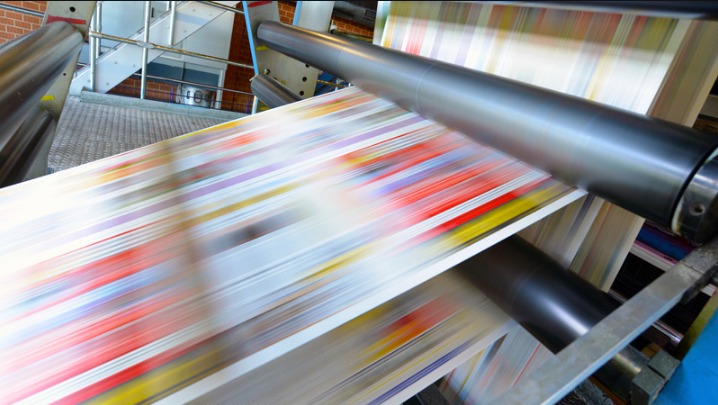As global industries respond to rising environmental concerns and stricter regulatory frameworks, monomaterial packaging has emerged as a powerful trend in the flexible packaging sector. With sustainability now a defining factor in consumer and brand decisions alike, companies are increasingly adopting monomaterial structures as a more eco-conscious alternative to complex multilayer packaging. But while monomaterials offer undeniable advantages, they also present certain functional and operational limitations. Here’s a closer look at both sides of the shift.
What is Monomaterial Packaging?
Monomaterial packaging refers to packaging structures composed entirely of a single type of polymer or base material (such as polyethylene or polypropylene), as opposed to multilayer packaging which combines different materials to achieve barrier, strength, and print properties. This uniformity makes monomaterial packaging far easier to recycle, as traditional recycling systems struggle to separate and process multilayer laminates.
Key Benefits of Monomaterial Packaging
- Recyclability and Sustainability The most significant advantage of monomaterial packaging is its recyclability. Because it’s made of a single polymer type, it aligns better with existing recycling streams, supporting a circular economy and reducing landfill waste.
- Reduced Carbon Footprint Monomaterials often require less energy to produce and recycle compared to multilayer films. In addition, their compatibility with mechanical and chemical recycling processes can further reduce the environmental impact.
- Regulatory Compliance As more countries introduce Extended Producer Responsibility (EPR) policies and packaging waste regulations, monomaterial packaging helps brands comply with national and global sustainability goals.
- Cost-Effective End-of-Life Management Easier sorting and processing at material recovery facilities (MRFs) make monomaterials more economical to handle post-consumer, which benefits both municipalities and packaging manufacturers.
Challenges and Limitations
- Barrier Properties and Protection One major limitation is that monomaterials generally offer lower barrier protection against moisture, oxygen and light than multilayer films. This can affect product shelf life, especially for perishable goods.
- Mechanical Strength Monomaterial films may not match the tensile strength or puncture resistance of multilayer laminates, which limits their use in heavy-duty or sharp-edged product applications.
- Print Quality and Aesthetics Achieving high-resolution graphics and premium finishes can be more challenging with monomaterial structures, although advancements in surface treatment and coating technologies are gradually overcoming this hurdle.
- Limited Compatibility with Current Infrastructure Existing packaging and converting equipment may need modification to efficiently handle monomaterial films, posing an initial barrier to adoption for many manufacturers.
The Future of Monomaterial Packaging
Despite these challenges, innovations in polymer engineering and coating technologies are rapidly improving the functionality of monomaterial packaging. Barrier-enhancing additives, recyclable coatings, and hybrid monomaterial structures are emerging to bridge the performance gap. Moreover, consumer demand for greener products continues to pressure brands toward sustainable transitions.
As the packaging industry evolves, monomaterial solutions will likely become a standard—not just for regulatory alignment, but as a competitive differentiator in the sustainability-driven market. For companies committed to reducing environmental impact without compromising product integrity, monomaterial packaging represents a forward-thinking, responsible choice.
Conclusion
The shift toward monomaterial packaging is both a response to global sustainability demands and a proactive strategy for future-proofing packaging operations. While current limitations exist, continuous innovation is narrowing the performance gap between monomaterials and their multilayer counterparts. Brands that embrace this change today position themselves as leaders in tomorrow’s circular packaging economy.




